Top Photo: Banded tussock moth caterpillar dangling from a silken thread as it lowers itself to the ground.
On any random day in the Wetlands, if you keep your eyes opened wide, you’re likely to see many things. Here’s just a few of the sights that I witnessed during the second half of October.
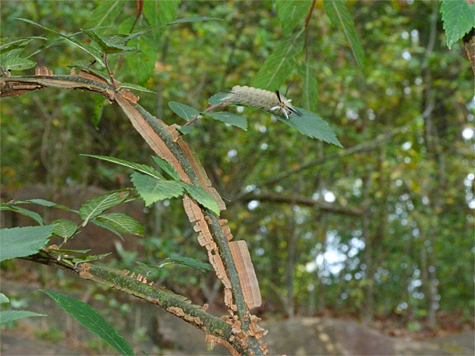
I was standing near the Main Black Bear Overlook when I noticed a caterpillar on one of the leaves of a winged elm tree. It was a banded tussock moth caterpillar. These caterpillars are common enough in September and October. I see them on the pavement, boardwalk handrails, and even on the plants that they consume, like the elm tree in the photo.
The caterpillar doesn’t seem concerned as it lays out in the open on the leaf, perhaps birds have learned that this caterpillar is distasteful, or its tufts of “hairs” (setae) will cause them discomfort. Whatever the case, the caterpillars don’t attempt to hide themselves from predation.
Like many lepidopteran species, this caterpillar’s name comes from characteristic features of the adults not the caterpillar. There are brown bands across the wings of the adult moth.
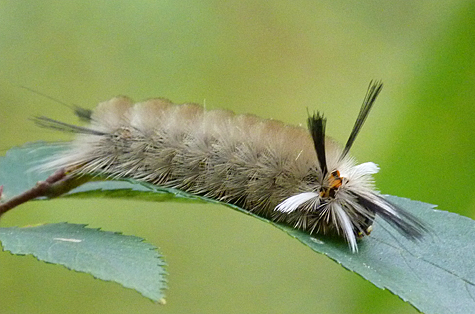
I recently came across a bundle of crawfish parts on the edge of the boardwalk. The remains were probably coughed up by the local heron. Much like an owl that brings up a pellet full of fur and bones after a meal of rodents, the heron doesn’t digest the hard exoskeleton of the crawfish and brings it back up and out of the gullet.
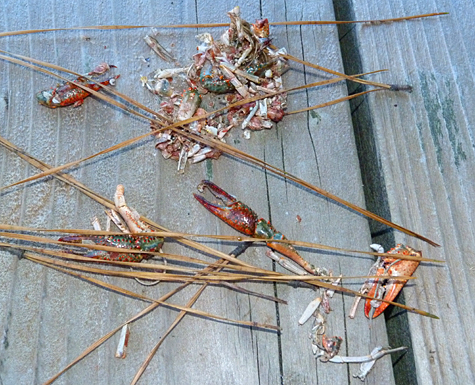
Herons, grebes, owls, and raccoons all eat crawfish.
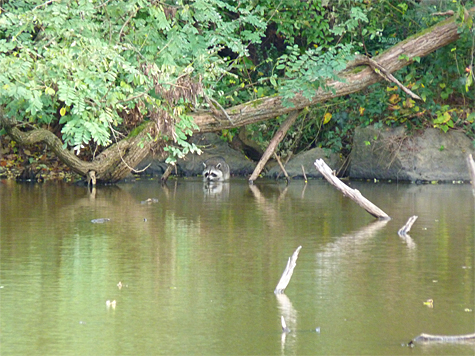
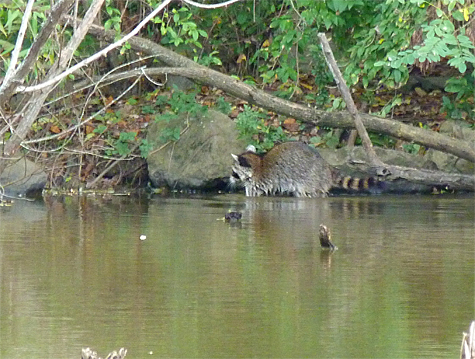
It’s almost a given that if you walk through Explore the Wild you will see or hear an eastern phoebe. Although they are flycatchers and rely on flying insects for most of their diet, I’ve seen them here at the Museum in every month of the year. In a pinch, they can switch over to eating fruit and seeds.
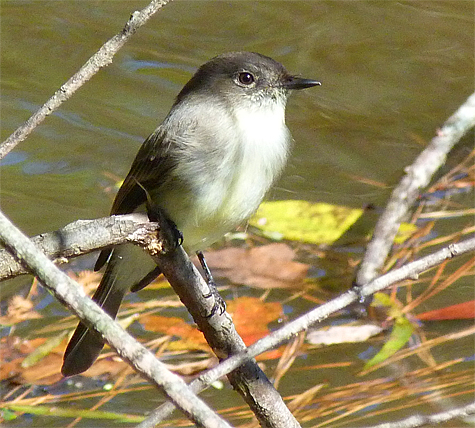
And, finally, our pied-billed grebe is still with us.
Not used to crowds, the little grebe was a bit nervous on Friday (10/24) as close to 900 school children excitedly made their way through Explore the Wild. The grebe swam across the pond, looked one way, then the other, and finally took flight. It must have had a change of heart because it came back down on the far side of the Wetlands, only to swim back over to where it had started.
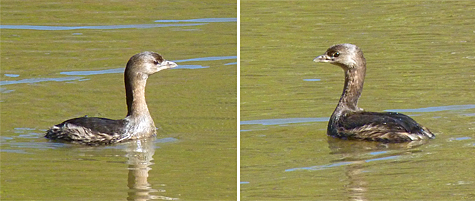
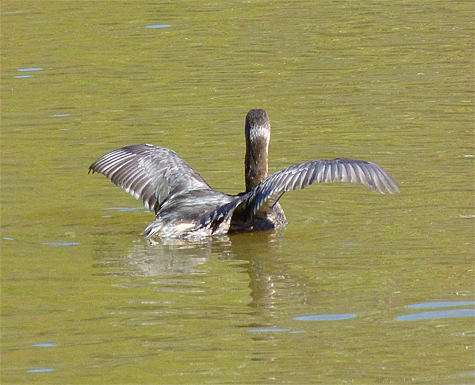
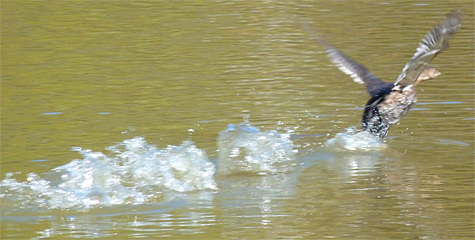
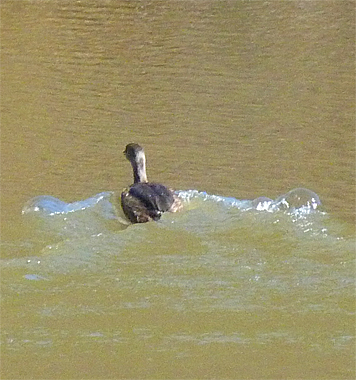
And as the sun slowly sets in the west, our little grebe relaxes.
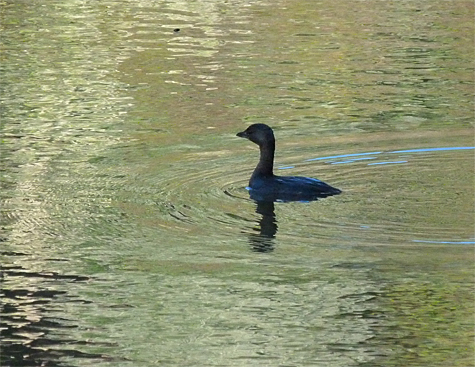
What have you seen lately?